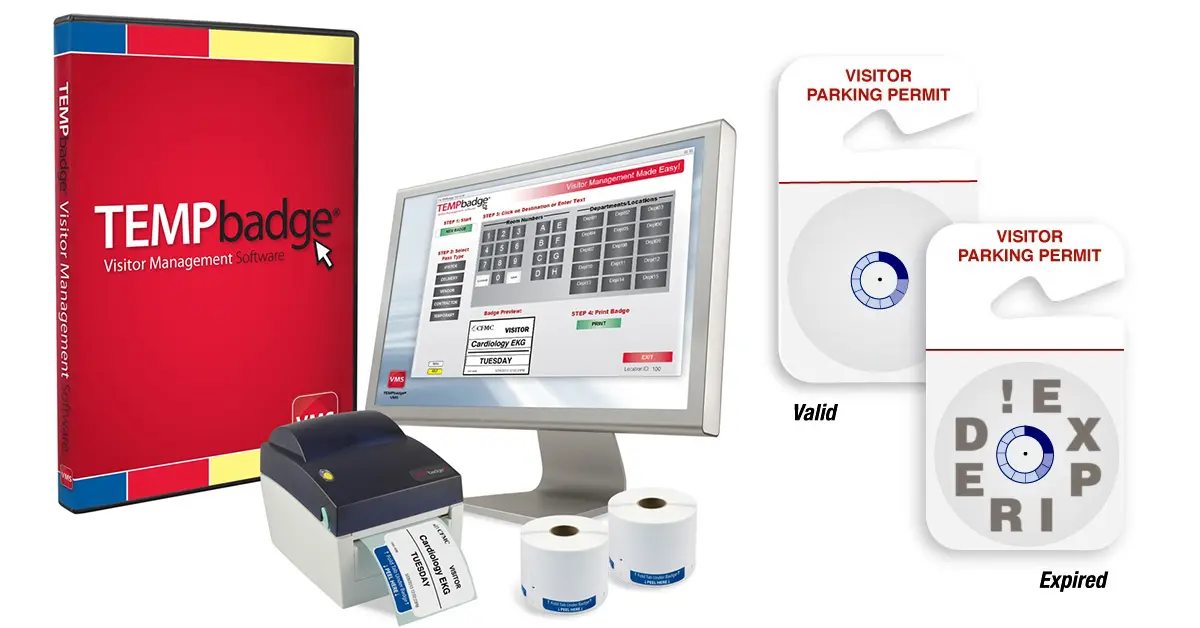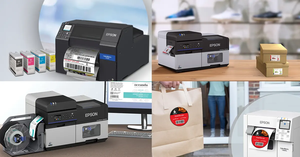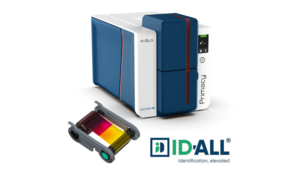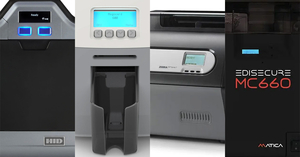Why Visitor Management is a Big Deal in Today’s World

In today’s world, managing people within controlled areas is a key to health, safety and security throughout the premises. From Fortune 500 organizations to the local library, all enterprises and institutions need a visitor-management system that works. Everyone wants to know they’re safe and secure—and in the right place—when they enter any controlled or unfamiliar space. And it’s every facility manager’s responsibility to make it so.
For most organizations that regularly receive visitors, visitors’ presence within an operation is essential to pursuing organizational missions. Properly accommodating, directing, tracking, and documenting visitors serves both the visitors and the host to mutual advantage.
But, there’s more. It goes beyond security and safety to convenience and the ability to easily book rooms/spaces for groups, avoid conflicts and confusion about where groups are located, and give your workforce peace of mind.
What’s the objective of a visitor-management system?
The visitor-management objective boils down to maximizing health, safety, and security, minimizing risks, avoiding liability, and complying with laws/regulations. A visitor management system allows you to sign visitors in and out, track numbers of visitors in a particular space, and know who’s on premise at all times. In the event of a fire drill, an evacuation, or the need for an audit log for compliance reasons (like ITAR), you can ensure all personnel coming in and out of the facility are accounted for.
Regardless of your facility type—financial, commercial, governmental, educational, meeting/convention, sports, etc.—identifying who is and how many are authorized to be in designated/restricted areas, for what purposes, for how long, and under what restrictions is key management information that easily distinguishes staff, essential workers, and visitor types, and their status and privileges.
Tracking this information enables facility managers to know the facts, improve control, and minimize enterprise risks. It also permits managers to manage visitors for safety and security and ensure compliance with applicable security standards.
What Kinds of Visitor-Management Tools Comprise a Visitor Management System?
Hundreds of products supporting effective visitor-control practices and informed management of visitor-related risks are available today. In combination, these tools comprise an effective visitor-management system. Product examples include:
- Digital Signature Pads — Signature pads are the quickest way to reliably capture and digitize handwritten signatures quickly and securely in high resolution and apply them to temporary visitor badges and digital consent forms—while securely transferring data to your computer using AES (Advanced Encryption Standard) encryption. Requiring a signature (and storing it) as proof of identity or to represent informed consent ensures all persons entering a controlled space accept terms/conditions of entry.
- Visitor-Management Software — Facility managers find visitor-management solutions/tools are critical assets in ensuring security and public safety, helping visitors understand their status and proper location, and conforming to emerging public-health mandates, standards, and policies. Scalable visitor-management software gives you convenient, speedy visitor registration and data control. It’s the quickest and most reliable way to register, badge and track visitors.
- ID Badges and Status Labels — From self-expiring badges, security seals, parking permits and wristbands to and public-health emergency response status labels and identifiers, these products can be custom configured for reliable and compliant visitor control in all kinds of facilities. With the right ID badges, isolation labels, and screening status labels during these times of concern over transmission of infectious diseases like Covid-19, key information can easily identify healthcare staff, essential workers, and visitor/patient types, and their screening status.
- Visitor Badge Printers — Specially designed to support and streamline your visitor-control and security ID programming and practices, scalable visitor-badge printers quickly produce the IDs you need to handle daily visitor activity. Visitor-badge printers are the quickest way to issue reliable temporary badges for tracking visitors. Quickly and reliably produced temporary visitor ID badges a are primary tool in efficiently ensuring the safety and security of visitors, volunteers, employees, and vendors, while ensuring compliance with security policy and standards.
Risk Management for Meetings and Events
Most companies see visitors every day on premises. Whether it’s a delivery driver dropping off packages, an interviewee to see HR, a salesperson from another company, a vendor completing rounds, or a hired contractor to complete a job, enterprise lobbies host a constant stream of people moving in and out. A visitor-management system provides a digital visitor check-in process that requires quick answers to critical and easily customized questions ascertaining status, purpose and privileges. The questions and answers are logged and empower your enterprise to readily determine the terms and conditions of entry. Know instantly if a visitor doesn’t meet your criteria for entry, and promote a healthy workplace.
A solid visitor-management system relieves much of the burden for visitor managers, by making it far easier to check visitors in and out, print visitor passes, inform employees of visitor-related activities and space assignments, and oversee who is or isn’t in the building or a given space at any given time.
Visitor Management in the Covid-19 Era
Today we live with the threat of Covid-19 transmission and the persistent need to ensure safety and contain or minimize the risk of transmission of infectious disease. The worldwide COVID-19 crisis has established new cultural standards of personal responsibility concerning visitor management and social distancing, and prudent awareness of transmission risks.
Responsible visitor management includes proactively minimizing the risk of infectious disease transmission. Part of this requires that visitors not be permitted to assemble in such a way that overcrowding increases the risk of transmission.
When it comes to being workplace ready for COVID-19 (the newest strain of coronavirus), having a visitor-management system in place is the most advanced technology today to help prevent worldwide outbreaks from penetrating further into your enterprise’s facilities.
Visitors today are increasingly screened for health-related status (e.g., temperature, Covid-19 test status, wearing a mask), which can be documented into the visitor-management system. New COVID-19-induced standards and protocols require that individuals sharing any common environment—especially those in which disease transmission risks are high—understand as many facts as possible concerning infectious disease risks and management. The more facts available/shared, the better able people are to govern themselves wisely and effectively to minimize transmission. The more facts documented about a visitor, the better able facility managers are to ensure they’re tracking data relevant to safety and security on site and to ensure compliance with data-tracking standards and compliance with health standards.
System Integrations
An effective visitor-management system depends on how easily it connects to software applications already active in your enterprise’s operational ecosystem. The system should be able to effortlessly capture data and push it to digital partners’ software. Your choice of visitor-management system should help you meet the unique requirements of your business or enterprise.









